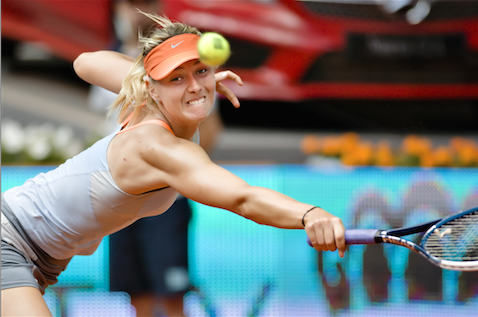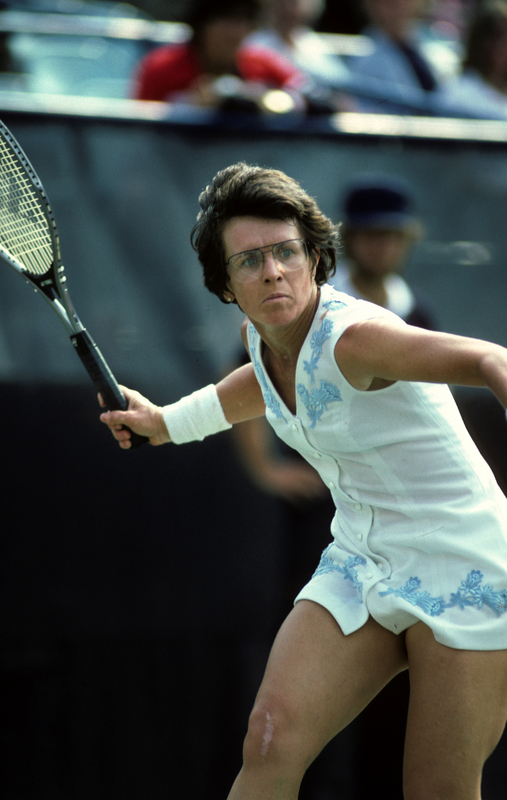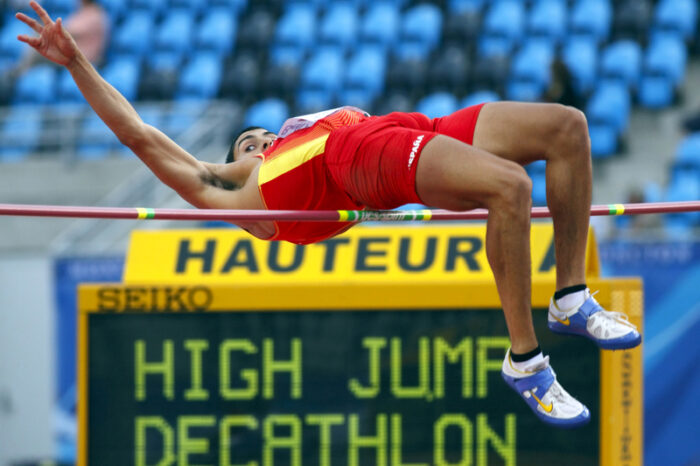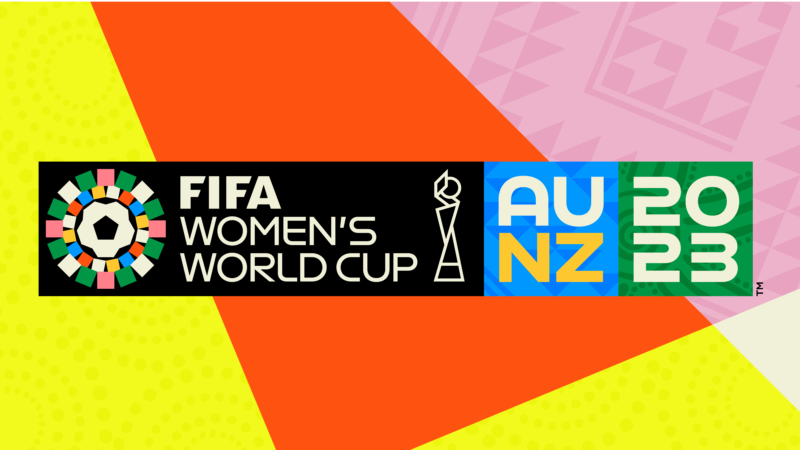When Maria Sharapova announced on Monday that she had failed a recent drug test, it’s fair to say that people were pretty shocked. In the world of sports, there’s not much worse that you can do than fail a test for performance-enhancing drugs.
But in Sharapova’s case, it seems a little more complicated. Let’s look at the “stuff” she took. In January 2016 she was caught taking something called meldonium. Sharapova knows it by a different name: mildronate (it’s common for the same drug to be known by different names depending on where one gets it). It’s a drug that is used to treat something called ischaemia — that’s a condition where a person has poor blood flow to parts of the body. She says she’s been taking it regularly to treat sickness and recurring flu symptoms since, wait for it, 2006. Yep, that’s ten years ago.
So why is this a big deal now? That’s a question for the World Anti-Doping Agency, or WADA.
WADA ya know?
WADA is the international group that tests substances and drugs and decides what is a banned substance for athletes to take (in other words, what drugs give an athlete who takes them an unfair advantage over opponents). WADA is always doing new tests to try to improve the quality of its regulations. It releases an updated list of banned substances every year. In September 2015, one of the new names on there was, you guessed it, meldonium.
This meant that as of 2016, meldonium was going to be an internationally-banned substance. This list was a fair warning to athletes: time to stop taking it, if you are. So why didn’t Sharapova stop?
According to the tennis star, not only did she not know it by that name (hey, you say, “meldonium,” I say, “mildronate!”), but she also didn’t read the list very closely. In her mind, she was just doing the same legal thing she’d been doing for a decade. She’d never failed a drug test before — why would she need to worry?
Of course, between her and her “team” (that’s sports talk for the trainers, coaches, and doctors who look after her valuable career), it’s someone’s job to read constantly new rules and regulations — like an updated list from WADA — to make sure that everything Sharapova does is actually still legal. For now, the 28-year old star is banned from the sport. In fact, she could be banned for up to four years.
And Maria is just the tip of the iceberg. Since meldonium was officially banned, several other athletes have tested positive, many from Russia and surrounding Eastern European countries (meldonium is made in the eastern European country of Latvia, and mainly available in Russia).











I think She’s lying! 😡
Meldonium, mildronate seriously Maria is that really the truth ?
You never really know with athletes…
she is a a lier 😥 😡 😡 ❗
Liar why would you take drugs to cheat at tennis ❓ ❓ ❗ ❓ ❓
Terrible idea ? 😡